Nervousness is pervading sentiment as investors assess the prospects of interest rates staying higher for longer.
There is increased speculation the Bank of England may call time on hikes although it is still expected to keep interest rates at elevated levels until later next year.
Earlier this week another hike from the Bank of England looked highly likely, but yesterday’s surprise fall in inflation, has made the decision too close to call.
On one end of the scale of uncertainty is hot wage inflation, and on the other signs the UK economy is already shrinking, with demand now being squeezed out of the mighty services sector.
Policymakers will have to weigh up the risk of pressing pause now and potentially allowing inflation to creep up again or hiking once more which could push the economy into a deeper downturn.
Either way the vote is likely to be a fractured one.
While on the face of it, the faster than expected fall in inflation should provide relief amid the cost-of-living crisis, it’s another big indicator that the economy is struggling.
Companies are more reticent to hire staff, lockdown savings are dwindling, more homeowners are being swiped by higher mortgage costs and it’s all adding up to a picture of fragility, which may well put consumer discretionary stocks under more pressure.
The latest public sector finances snapshot doesn’t offer as much good news as hoped. Borrowing still came in at the fourth highest level for August, £11.6 billion.
It was below the original forecasts made by the Office for Budget Responsibility of £13 billion, but there had been recent expectations it would dip by a little more.
Tax receipts came in at £76.6 billion, slightly more than the OBR predictions while VAT takings of £16.8 billion also came in above forecasts, with the government able to benefit from rising wages and the higher costs charged by companies.
This might give the government a sliver more room for manoeuvre for potential tax cuts or increases in budgets, but it’s not going to move the dial that much.
Spending may be the priority, given the pressing structural problems facing the UK right now, particularly in health and education, with labour disputes ongoing and schools crumbling.
The risk is that the economy continues to contract, unemployment ticks up again and wage demands slow, and government finances worsen again.
The revision to the US growth snapshot comes in stark contrast to the UK’s prospects. Fed policymakers have flagged that they expect fewer cuts than forecast in 2024 because of the buoyancy of the economy.
Policymakers reckon economic activity is going to step up between now and the end of the year, with growth for 2023 now forecast to come in at 2.1%, more than doubling the forecast it made in June of 1%.
Although this softer landing for the economy is welcome, a prolonged period of higher rates is less so.






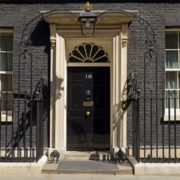
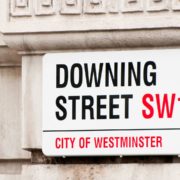
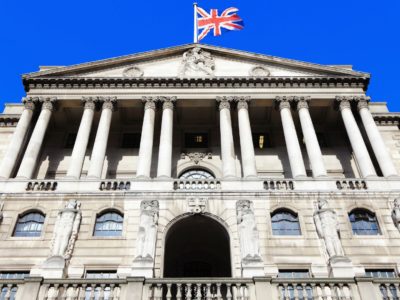

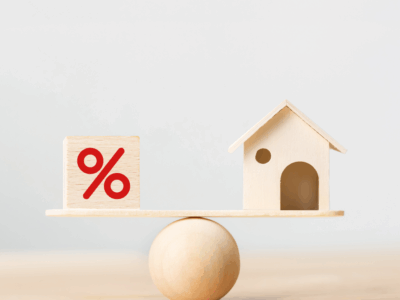



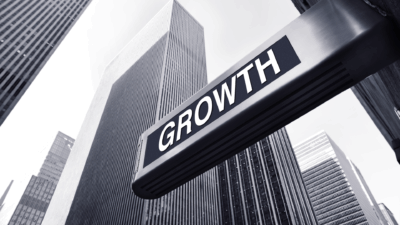
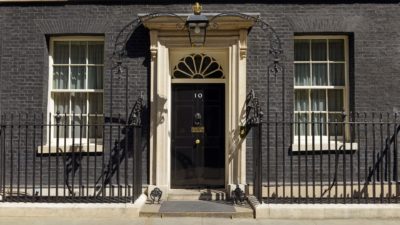

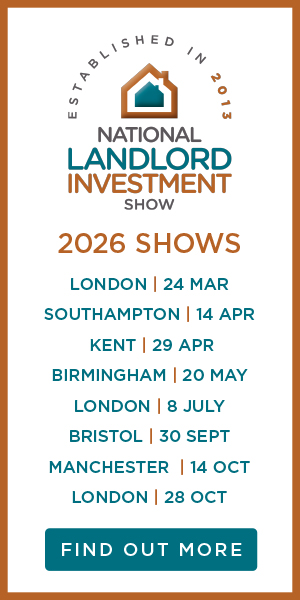





Comments